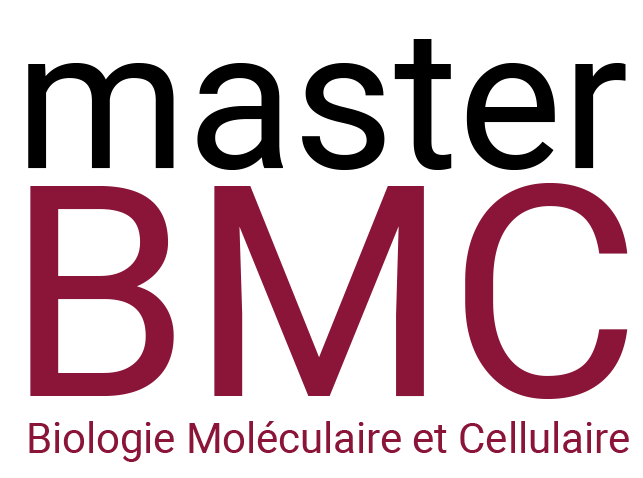Stomatin, a major modulator of mechanosensitive Piezo 1 ion channels in human Red Blood Cells?
Responsable du Stage : Isabelle Mouro-Chanteloup
Tel : + 33 (0)1 81 73 32 33 Email : isabelle.mouro-chanteloup@inserm.fr
Inserm
Résumé du Projet de Stage
In human Red Blood Cells (RBCs), mechanosensitive ion channels (MICs) have been recently described to regulate hydric content and therefore modify cell morphology, a process favoring erythrocytes passage through microcapillaries and being possibly involved in erythropoiesis and eryptosis. Piezo1 is a major MIC that has recently identified in RBCs and which, by allowing calcium entrance upon mechanic stimulation, induces the opening of KCNN4 channel and subsequently loss of water.
It was previously described that, in C. elegans worm, proteins from the “stomatin family” are able to regulate MICs. In humans, erythroid stomatin (band 7.2b), was initially shown to be largely expressed in RBC lipid rafts. Additionally, it was previously described that this protein is absent in the RBCs of patient with Overhydrated Hereditary Stomatocytosis (OHSt).
The aim of the present study will be to decipher the role of stomatin in the activity of Piezo 1 in an erythroid context. For this purpose the M2 student will be required to:
1) confirm the presence of Piezo 1 in OHSt RBCs(Western blot) and compare the expression level of Piezo 1 in RBC from healthy and OHSt patients (flow cytometry);
2) investigate the interaction between Piezo 1 and stomatin in K562 cells expressing endogenous stomatin and recombinant Piezo 1, using Proximity Ligation Assay (PLA), as previously demonstrated in RBC ghosts;
3) determine whether Piezo 1 interacts with stomatin into membrane lipid rafts. Experiments will be performed in Piezo 1-transfected K562 cells: stom + cells endogenously expressing stomatin or stom- cells invalidated for stomatin (previously generated in the laboratory by CRISPR Cas9 approach). Lipid raft could be disturbed in stom+ and stom- cells by the addition of Methyl-β-cyclodextrin.
4) Analyze the function of Piezo 1 by measuring steady state and kinetics of calcium fluxes through Piezo1 in Fluo4-AM (Calcium-sensitive dye) preloaded OHSt and control RBCs after stimulation by Yoda-1, a selective activator of the channel, in presence or absence of several inhibitors.
The M2 student will work within the scientific working group “transporters and erythroid membrane complexes” of the unit team 1 “Normal and Pathological Red Cell Physiology”, in a dynamic environment in which students and researchers from different countries share their enthusiasm for science.
Dernières Publications en lien avec le projet :
- Stomatin modulates the activity of the Anion Exchanger 1 (AE1, SLC4A1). Genetet S, Desrames A, Chouali Y, Ripoche P, Lopez C, Mouro-Chanteloup I.Sci Rep. 2017 Apr 7;7:46170. doi: 10.1038/srep46170.ulation hormonale du développement et des fonctions du cerveau
Ce projet s’inscrit-il dans la perspective d’une thèse :
oui possiblement
si oui type de financement prévu : appels d’offre/bourse école doctorale
Ecole Doctorale de rattachement : HOB
Intitulé de l’Unité : Inserm UMR-S1134 ; Biologie Intégrée du Globule Rouge
Nom du Responsable de l’Unité : Yves Colin Aronovicz
Nom du Responsable de l’Équipe : Caroline Le Van Kim
Adresse : Broussais, Bâtiment Leriche, 8 rue Maria Helena Vieira Da Silva 75014 Paris

